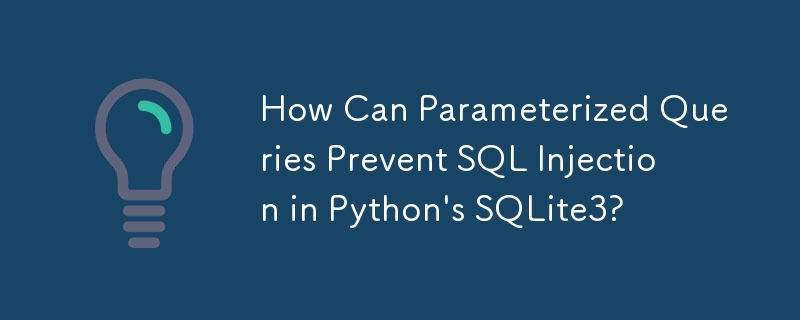

Python SQLite3 SQL Injection Vulnerabilities
SQL injection vulnerabilities allow attackers to execute malicious SQL queries against a database. These vulnerabilities can arise when user input is directly incorporated into SQL queries without proper validation and escaping.
Code Vulnerability
The provided code snippets are vulnerable to SQL injection due to the use of .format to dynamically construct SQL queries. For instance, consider the following statement:
cursor.execute("insert into user(username, password)"
" values('{0}', '{1}')".format(username, password))If username or password contain malicious characters (e.g., a single quote), they can be interpreted as part of the SQL query. This could allow an attacker to execute arbitrary SQL commands, such as dropping tables or inserting malicious data.
Fix
To address this vulnerability, it is necessary to use parameterized queries instead of string interpolation. Parameterized queries prevent SQL injection by using placeholders (?) to represent user input and allowing the database engine to handle the escaping of these values. For example:
cursor.execute("insert into user(username, password) values(?, ?)", (username, password))By using parameterized queries, the database engine will ensure that any special characters in the input are properly escaped, preventing SQL injection attacks. It is essential to use parameterized queries whenever user input is used in SQL queries.
The above is the detailed content of How Can Parameterized Queries Prevent SQL Injection in Python's SQLite3?. For more information, please follow other related articles on the PHP Chinese website!




